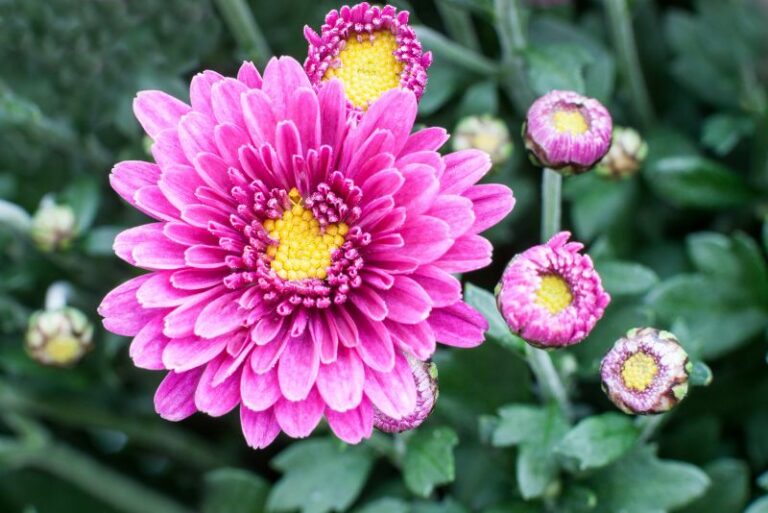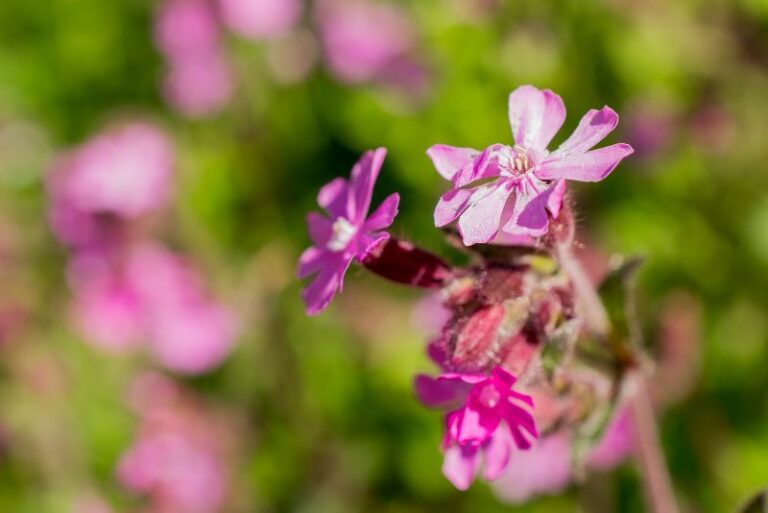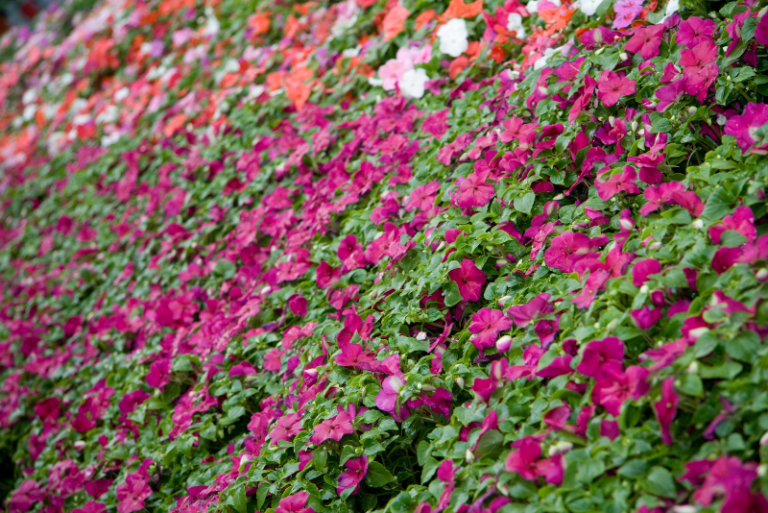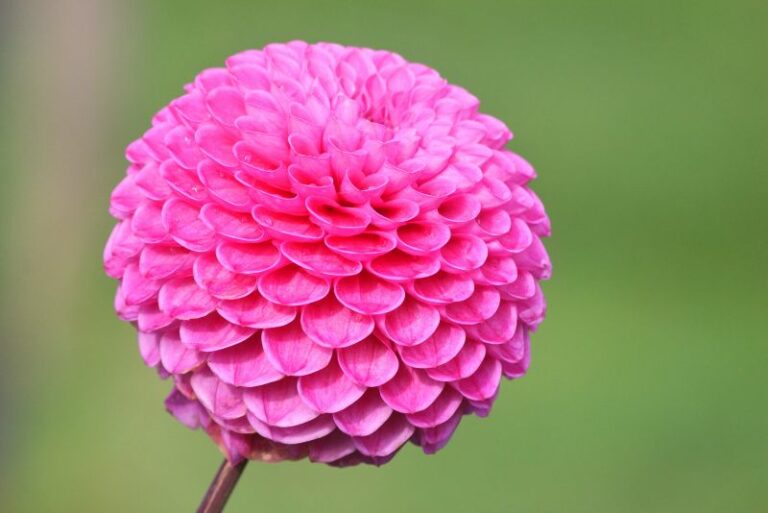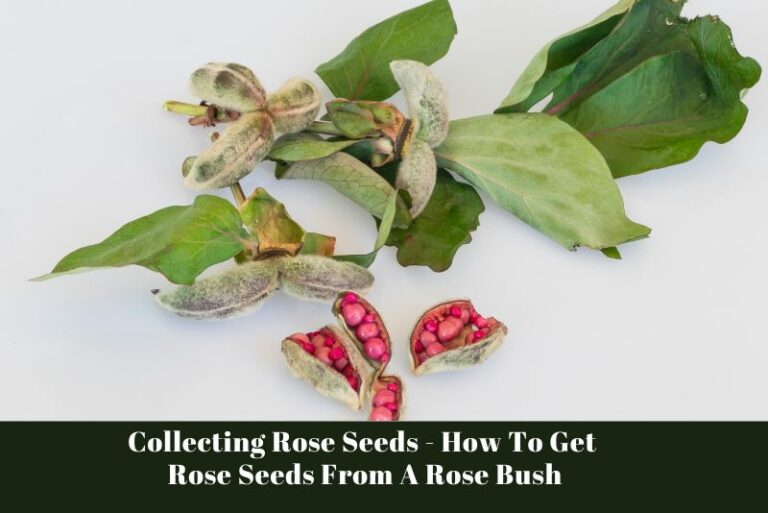Where Should You Plant Bleeding Hearts in Your Garden?
Landscapes ripple with the elegance of bleeding hearts, their heart-shaped flowers a staple of many dreamy garden designs. As enchanting as they are, these ornamental plants are more than just a pleasing face in a sea of green. They’re a valuable addition to any garden, offering splashes of color and an easy elegance that’s hard to match. For horticulture enthusiasts, new gardeners, or those looking to refresh their green sanctuaries, here’s a comprehensive guide to cultivating the captivating bleeding heart in your very own garden.
Understanding Bleeding Hearts
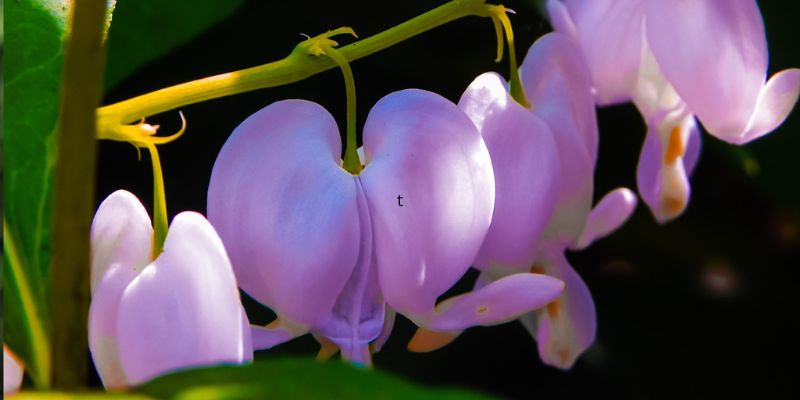
Before you get your hands dirty, it’s essential to know the star of the show. Bleeding hearts come in various shades and species, including the lamprocapnos spectabilis, formosa, and eximia. These perennials are celebrated for their pendulous, heart-shaped flowers which are typically pink or white. The delicate look of the blooms is juxtaposed with their hardy nature, making them a favorite for many green thumbs.
Desirably Diverse: The Varieties
Each variety of bleeding heart possesses unique characteristics. Choose between the classic “Valentine” form known for deep red, heart-shaped blooms, or the soft pink “Spectabilis Alba,” a white-flowered version. The ‘Gold Heart’ cultivar offers a twist with its golden foliage, providing year-round interest.
Ideal Planting Locations
Bleeding hearts are not demanding when it comes to light, favoring shade or dappled sunlight. They thrive under the gentle canopy of trees or in areas of the garden that are sunlit for only part of the day. When it comes to soil, these plants lean towards a moist but well-drained environment. It’s advisable to amend heavy clay or sandy soils with organic matter to improve fertility and drainage.
Natural Neighbors: Companion Planting
Pairing your bleeding hearts with the right companions can enhance their growth and the overall aesthetic of your garden. Think ferns, hostas, and astilbes for a woodland feel, or use them to create a pop of color among evergreen perennials. Beware of planting them alongside aggressive spreaders as they may need to compete for resources.
Planting and Care Tips
The success of your bleeding hearts largely depends on how well you prepare for their arrival and the care you provide during their stay in your garden. Here are some tips to ensure they thrive.
Settling In: The Right Conditions
When you plant your bleeding hearts, ensure the crown of the plant is level with the soil surface. Space them about 1 to 3 feet apart, depending on the variety, to allow enough room for growth without overcrowding.
Nurturing Nature: Water and Fertilizer
Keep the soil consistently moist, especially during the first growing season when the plant is establishing its roots. Fertilize in the spring with a balanced, slow-release fertilizer to encourage lush foliage and robust blooms. Take care to follow the recommendations on the fertilizer packaging or adjust according to the soil’s natural richness.
Taming the Wild: Pruning and Maintenance
Bleeding hearts are fairly low-maintenance, but a little care goes a long way. Deadhead spent flowers to promote more blooms and cut back the foliage after it withers in late summer to prevent the plant from going dormant early. A layer of mulch around the base can help retain moisture and suppress weed growth, which is particularly helpful if you’re layering mulch over previously-weeded soil.
Seasonal Considerations
Adapting to the seasons from vibrant spring to frigid winter is key in ensuring the longevity of your bleeding hearts.
Spring Awakening: Care in Bloom
In early spring, expect your bleeding hearts to emerge from the soil. Be patient; they can be late risers. Once they do appear, ensure they have consistent moisture and enjoy the show. After the flowering season, taper off the watering while continuing any required maintenance, as they prepare for a restful autumn and winter.
Winter Is Coming: Protection Protocol
As temperatures drop, your bleeding hearts will naturally start to wither and can be cut back. Protect the plants from severe frosts or heavy snow by mulching the area to insulate the soil and roots. A burlap wrap for particularly chilly spells can also help to safeguard against harsh conditions.
Enhancing Garden Aesthetics with Bleeding Hearts
Bleeding hearts can be the stars of the show, the chorus line, or the supporting cast members in your garden design. Versatile and pretty, they complement various plants and landscaping features.
Garden Artistry: Landscape Design
Using bleeding hearts, you can craft a picturesque landscape that capitalizes on their charm. Integrate them into your shade garden, use them to create gentle borders, or plant them in clusters to make a statement. Their appearance suits both wild, cottage-style gardens and contemporary, minimalist landscapes.
Harmonious Hues: Combination Plantings
If you love a palette of light pinks and soft greens, pair your bleeding hearts with lady’s mantle. For a more vibrant look, add in some coral bells or even the purple shades of a bugleweed. The key is to choose plants that share the same basic care requirements and thrive in similar conditions.
Conclusion: A Garden’s Heart
The beauty of the bleeding heart lies not only in its aesthetic appeal but in the calm it brings to a garden landscape. By incorporating these lovely plants, you add a touch of serenity and grace to your outdoor sanctuary, while also attracting pollinators and wildlife. Whether you’re a seasoned gardener or just beginning your horticultural adventure, the joy of watching these blooms flourish is second to none. As you plan your garden’s next metamorphosis, consider the timeless elegance of bleeding hearts—it could be just what the garden doctor ordered.

